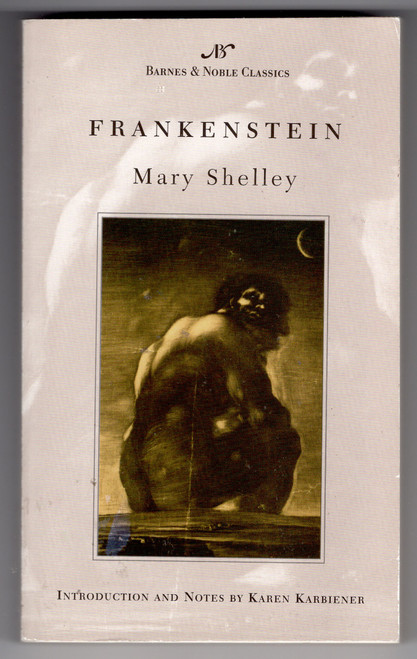The Paris Opera is haunted—everyone knows it. Everyone, that is, except for the new managers, who spark a violent dispute with the Opera Ghost when they refuse to acknowledge his existence or submit to his demands. Sometimes surfacing as a disembodied voice in Box Five or appearing as a gentleman in evening dress with a death’s-head, the phantom is obsessed with Christine Daaé, a lovely and enigmatic novice singer endowed with an amazing voice. But impetuous Viscount Raoul de Chagny is in love with Christine, and he and his brother, Count Philippe, are swept into the phantom’s deadly illusion with horrifying consequences.
Police reports, newspaper clippings, and witness interviews help a sleuthing narrator reconstruct the events of French author Gaston Leroux’s most famous tale, one that had a significant impact on contemporary detective fiction.First publishedin 1911, The Phantom of the Opera has since been the basis for many adaptations, including Lon Chaney’s silent film and Andrew Lloyd Webber’s Tony award-winning Broadway musical. Today, this thriller is recognized not only as a compelling yarn with gothic overtones, but an engrossing romance of stirring theatricality.
Foreword by Peter Haining
About the Author
Gaston Leroux, French journalist and writer of suspense fiction, was born in Paris in 1868. His experiences as a crime reporter and war correspondent for a French newspaper gave him the background to create his popular novels. He was one of the originators of the detective story, and his young fictional detective, Joseph Rouletabile, was the forerunner of many reporter-detective characters in modern fiction. Two of Leroux’s best-known mysteries are The Perfume of the Lady in Black and The Mystery of the Yellow Room, which is considered one of the finest “locked room” mysteries ever written. A second series of suspense adventures featured an old rascal named Cheri-Bibi. But Leroux’s most enduring work is, of course, The Phantom of the Opera, which was first published in 1910. Leroux died in Nice, France, in 1927.








